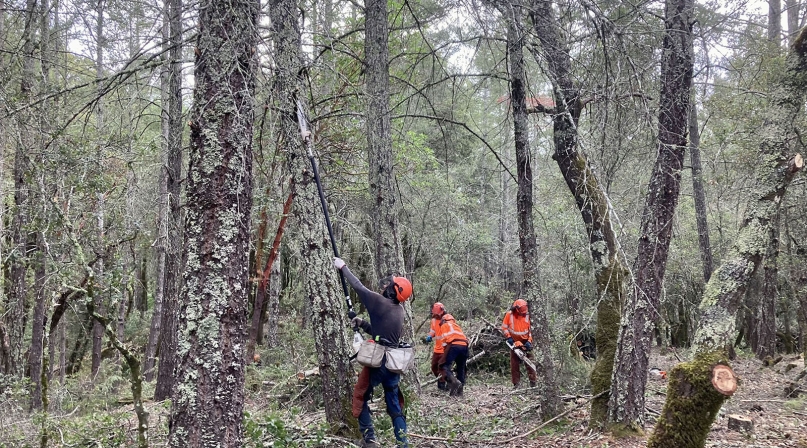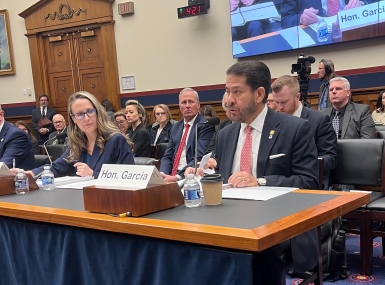FEMA halts disaster mitigation grant program
Author

Brett Mattson

Naomi Freel
Upcoming Events
Related News

Key Takeaways
On April 4, the Federal Emergency Management Agency (FEMA) announced it will not allocate $750 million this year for the Building Resilient Infrastructure and Communities (BRIC) grant program. According to the press release, FEMA will also stop funding BRIC projects that were previously approved and are still underway. The cancellation is part of a broader evaluation of FEMA grant programs and priorities, which includes a shift in focus toward state and local responsibility for disaster preparedness under an Executive Order signed by President Trump last month.
What was the BRIC program
Launched in 2020, the BRIC program provided federal funding for hazard mitigation projects aimed at reducing the long-term risks and costs of natural disasters. Counties, along with states, municipalities and tribal governments, were eligible to apply through a national competitive process.
BRIC supported projects such as flood control systems, wildfire prevention, stormwater management upgrades and strengthened building codes. The program typically covered up to 75% of project costs and awarded more than $5 billion in grants since its inception.
Impact on counties
The cancellation of BRIC funding may have several implications for counties:
- Paused or canceled projects: Counties with BRIC-funded projects in early stages may need to halt work or seek new funding sources.
- Budget and planning adjustments: County governments that anticipated BRIC support may need to delay or scale back infrastructure investments.
- Reduced capacity for long-term risk reduction: Without access to BRIC’s federal match, counties may find it more difficult to pursue large-scale mitigation projects.
The BRIC program was designed to support proactive planning and infrastructure upgrades before disasters strike. For counties in disaster-prone areas, the loss of these funds may result in greater reliance on post-disaster recovery dollars rather than preventive measures.
While FEMA continues to evaluate its overall grant portfolio and priorities, NACo and the Intergovernmental Disaster Reform Task Force remain committed to modernizing federal disaster policies; strengthening intergovernmental partnerships; and enhancing local disaster mitigation, response and recovery capacities.
Related News

Counties support youth with a second chance opportunity
A Riverside County, Calif. supervisor took experiences from his former life as a teacher to help create a program that serves students who had gone the juvenile justice system and were looking for a second chance.

County Countdown – March 25, 2025
Every other week, NACo's County Countdown reviews top federal policy advocacy items with an eye towards counties and the intergovernmental partnership. This week features budget reconciliation, FY 2025 funding and more.

NACo testifies on the critical role of counties in disasters
NACo Intergovernmental Disaster Reform Task Force Co-Chair and Harris County, Texas Commission Adrian Garcia testifies before the House Transportation and Infrastructure Subcommittee on Economic Development, Public Buildings and Emergency Management.
Featured Initiative
Intergovernmental Disaster Reform Task Force
As disasters intensify across the country, county governments play a crucial role on the frontlines of emergency management and recovery. With a commitment to advancing federal policies that foster collaboration between counties, federal agencies and other intergovernmental partners, the Task Force builds on years of county-led efforts to enhance disaster policies and practices, driving improved outcomes nationwide.
